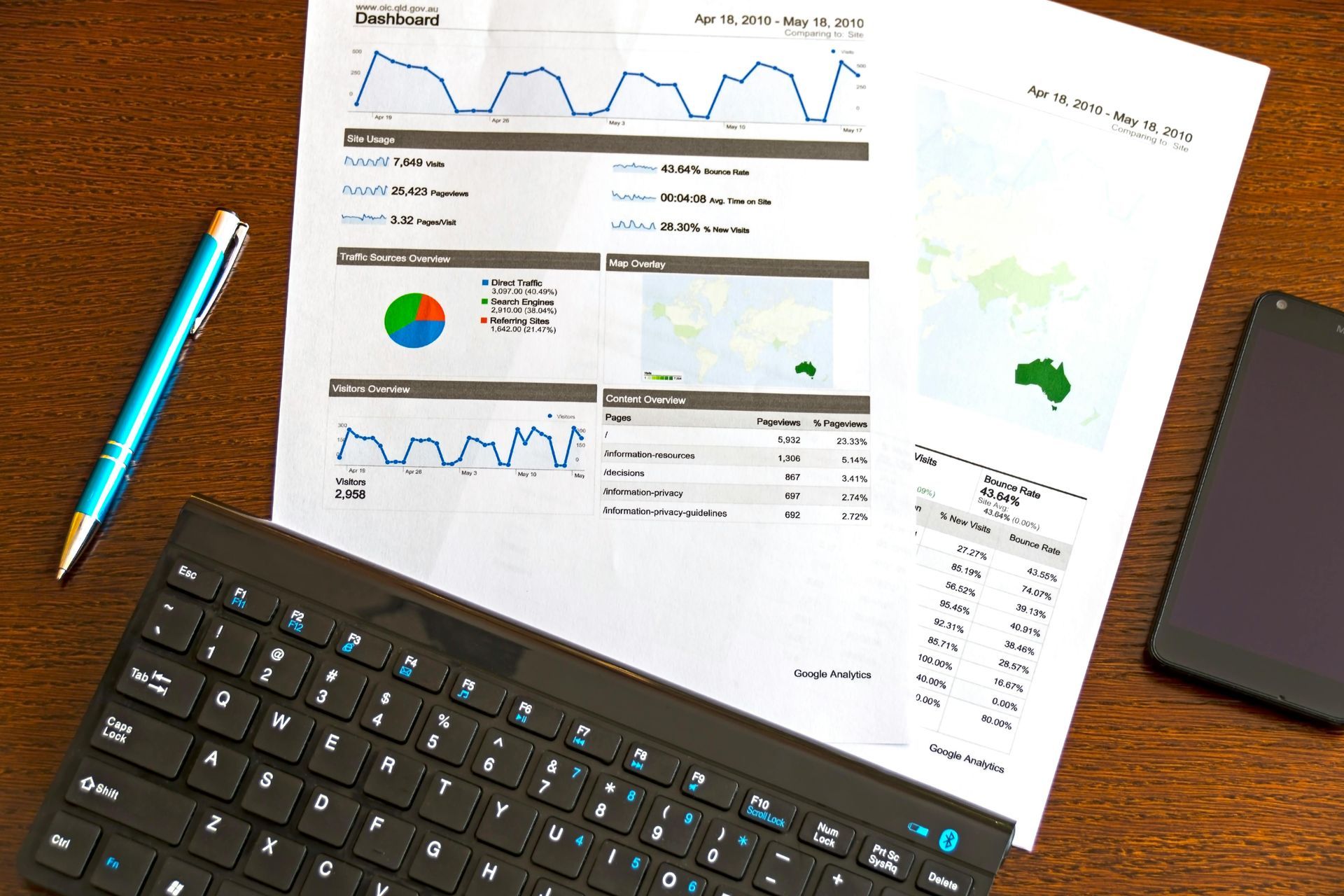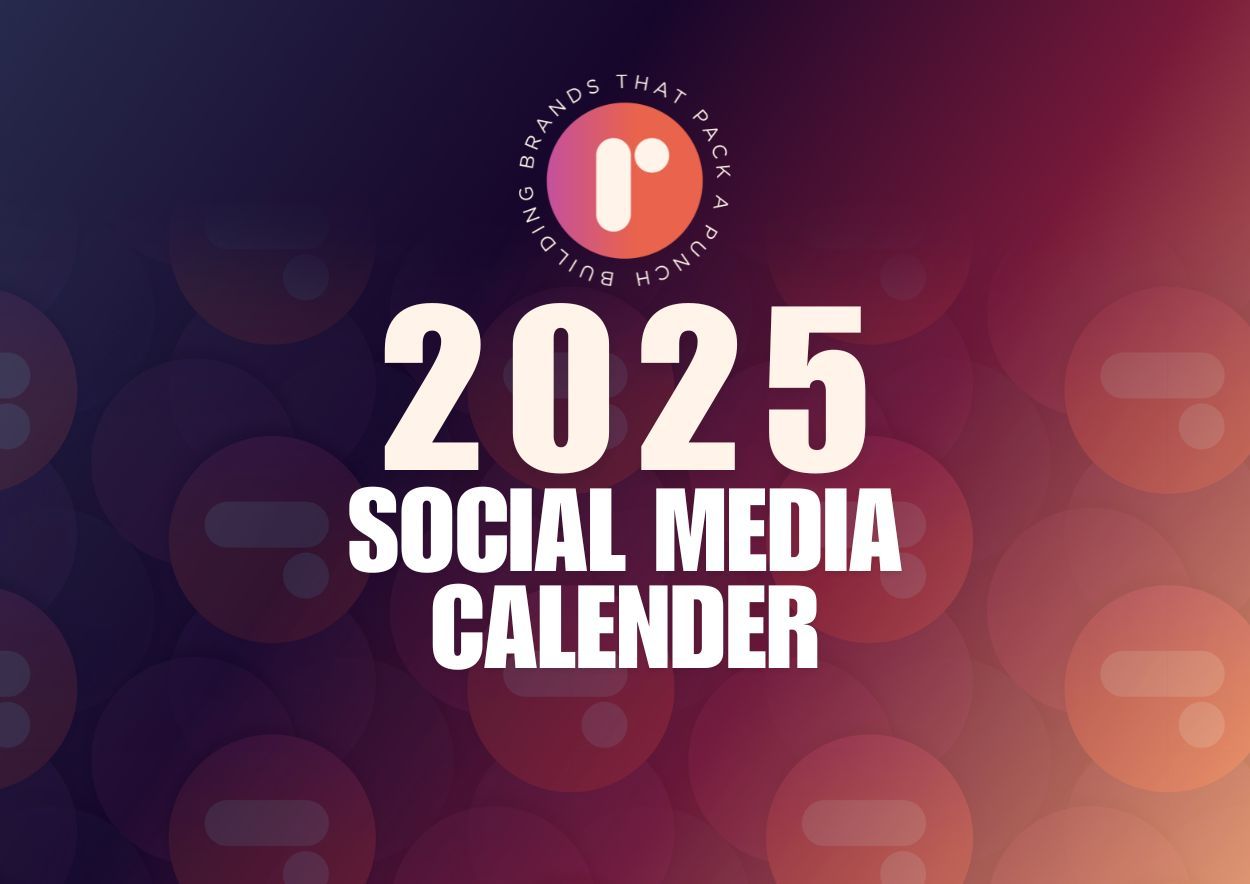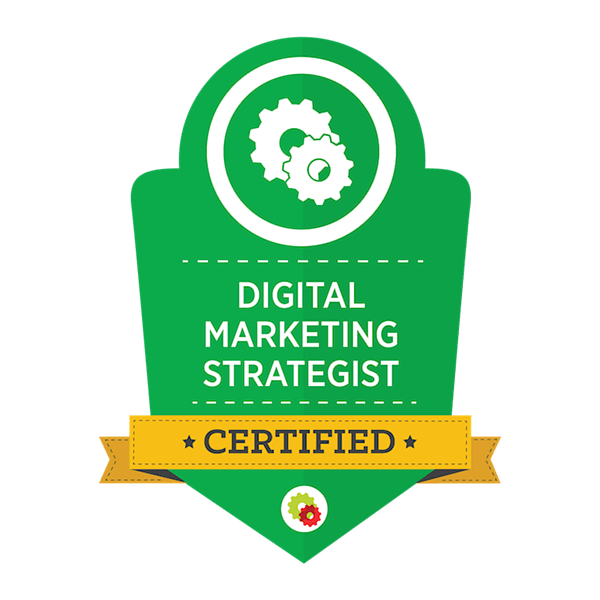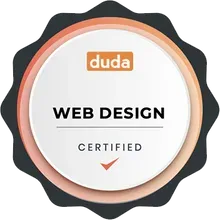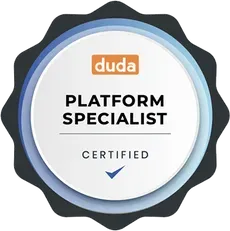Get in touch
(903)-570-3445
philip@getroundhouse.com
SEO Strategy For Local Businesses
Search engine optimization (SEO) is an essential aspect of any local business's digital marketing strategy. It helps to ensure that your business is easily found by potential customers when they search for products or services that you offer in your local area. In this post, we'll discuss the key elements of a good SEO strategy for local businesses and how to implement them effectively.
Optimize your website for local search keywords
One of the most important elements of a good SEO strategy for local businesses is optimizing your website for local search keywords. This means including your city and state in your website's title tags, meta descriptions, and content. By doing this, you're making it easier for search engines to understand the location of your business, which in turn makes it more likely that your business will appear in local search results.
For example, if you're a bakery in Austin, your title tags and meta descriptions should include "Austin bakery" or "bakery in Austin." You should also make sure to include your city and state in your website's content, such as in the "about us" or "location" sections of your website.
In addition to including your city and state in your website's content, it is also a good idea to include your full address and phone number on every page of your website. This will make it easy for customers to find your location and contact you.
Build local citations
Another important element of a good SEO strategy for local businesses is building local citations. Local citations are essentially mentions of your business's name, address, and phone number on other websites. The most important local citation sources are Google My Business, Yelp, and Bing Places.
A Google Business Page is a free listing service offered by Google that allows local businesses to create a listing that appears in Google's local search results. By creating a listing on Google Business Page, you're making it more likely that your business will appear in local search results when people search for products or services that you offer.
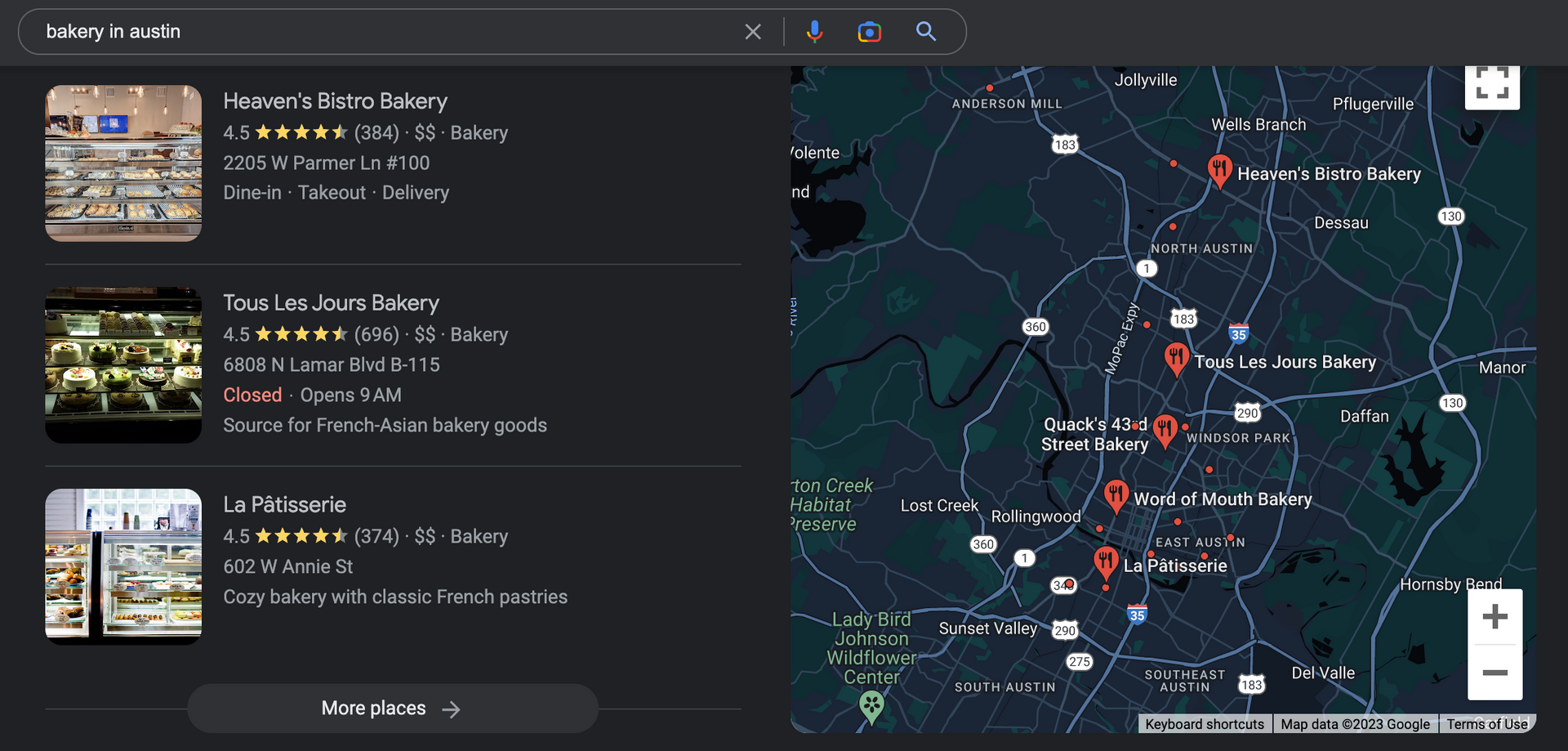
Yelp is another important local citation source. It's a website that allows customers to leave reviews of local businesses. By creating a listing on Yelp and encouraging your customers to leave reviews, you're making it more likely that your business will appear in local search results when people search for products or services that you offer.
Bing Places is similar to Google My Business and Yelp, it is a free listing service offered by Bing that allows local businesses to create a listing that appears in Bing's local search results. By creating a listing on Bing Places, you're making it more likely that your business will appear in local search results when people search for products or services that you offer.
Build backlinks
Another important element of a good SEO strategy for local businesses is building backlinks. Backlinks are links from other websites to your website. Search engines view backlinks as a vote of confidence in your website, so the more backlinks you have, the more likely your website is to rank well in search results.
There are many ways to build backlinks for your local business's website. One of the easiest ways is to reach out to other local businesses and ask them to link to your website. Another way is to create valuable and shareable content on your website that other websites will want to link to.
Create local content
Creating local content is another important element of a good SEO strategy for local businesses. This means creating blog posts, videos, and other types of content that are relevant to your local audience. By creating local content, you're making it more likely that your business will appear in local search results when people search for products or services that you offer.
For example, if you're a local real estate agent, you could create blog posts that provide information about the local housing market or the best neighborhoods in your area. Or, if you're a local restaurant, you could create videos that showcase your menu items or feature local ingredients.
Creating local content also helps to establish your business as an authority in your community. By providing valuable information to your local audience, you'll be seen as a trusted resource, which will help to build customer loyalty and drive more traffic to your website.
Track your progress
The final element of a good SEO strategy for local businesses is tracking your progress. This means using tools such as Google Analytics to track your website's traffic and search engine rankings, and making adjustments to your strategy as needed. By tracking your progress, you'll be able to see which elements of your SEO strategy are working well and which need improvement.
Some of the best tools to track keyword search engine rankings are:
- Mangools: Mangools is a set of SEO tools that includes a keyword research tool, a backlink analysis tool, and a SERP analysis tool. It allows you to track your website's search engine rankings for different keywords, as well as the rankings of your competitors.
- SEMrush: SEMrush is a comprehensive SEO tool that allows you to track your website's search engine rankings for different keywords, as well as the rankings of your competitors. It also includes a keyword research tool, a backlink analysis tool, and a content analysis tool.
- Ahrefs: Ahrefs is a powerful SEO tool that includes a keyword research tool, a backlink analysis tool, and a content analysis tool. It allows you to track your website's search engine rankings for different keywords, as well as the rankings of your competitors.
- Local Viking: Local Viking is a local SEO tool that allows you to track your website's search engine rankings for different keywords, as well as the rankings of your competitors. It also includes a local citation tracking tool and a Google My Business optimization tool.
A good SEO strategy for local businesses should include elements such as optimizing your website for local search keywords, building local citations, building backlinks, creating local content, and tracking your progress. By implementing these elements effectively, you'll be able to improve your search engine rankings and drive more traffic to your website.
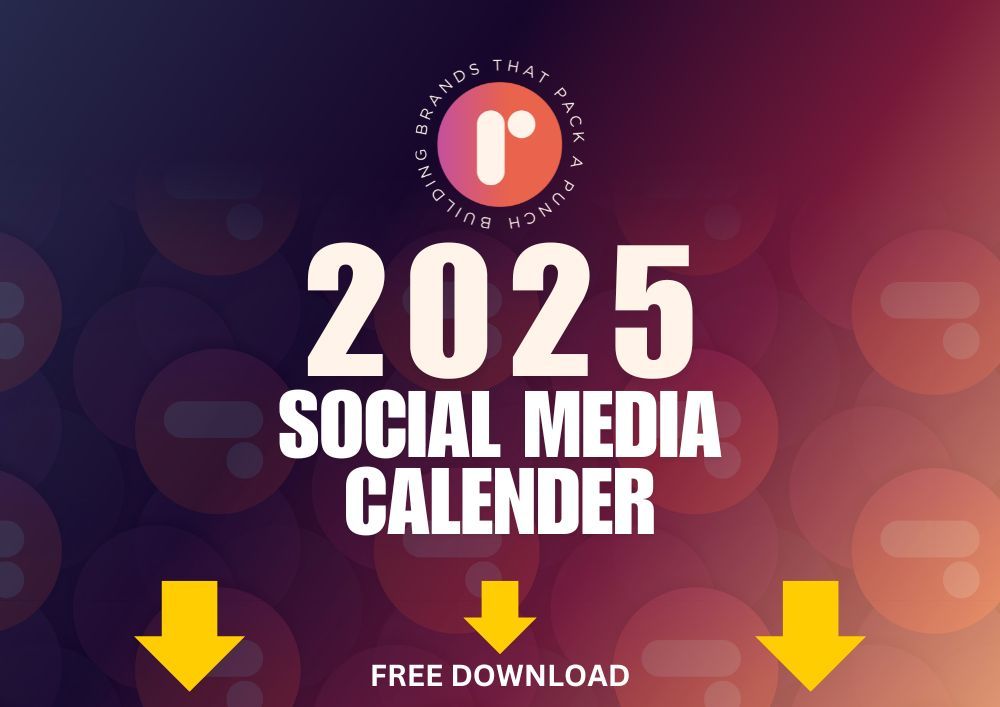
Get Fresh Content From
Roundhouse Digital Marketing
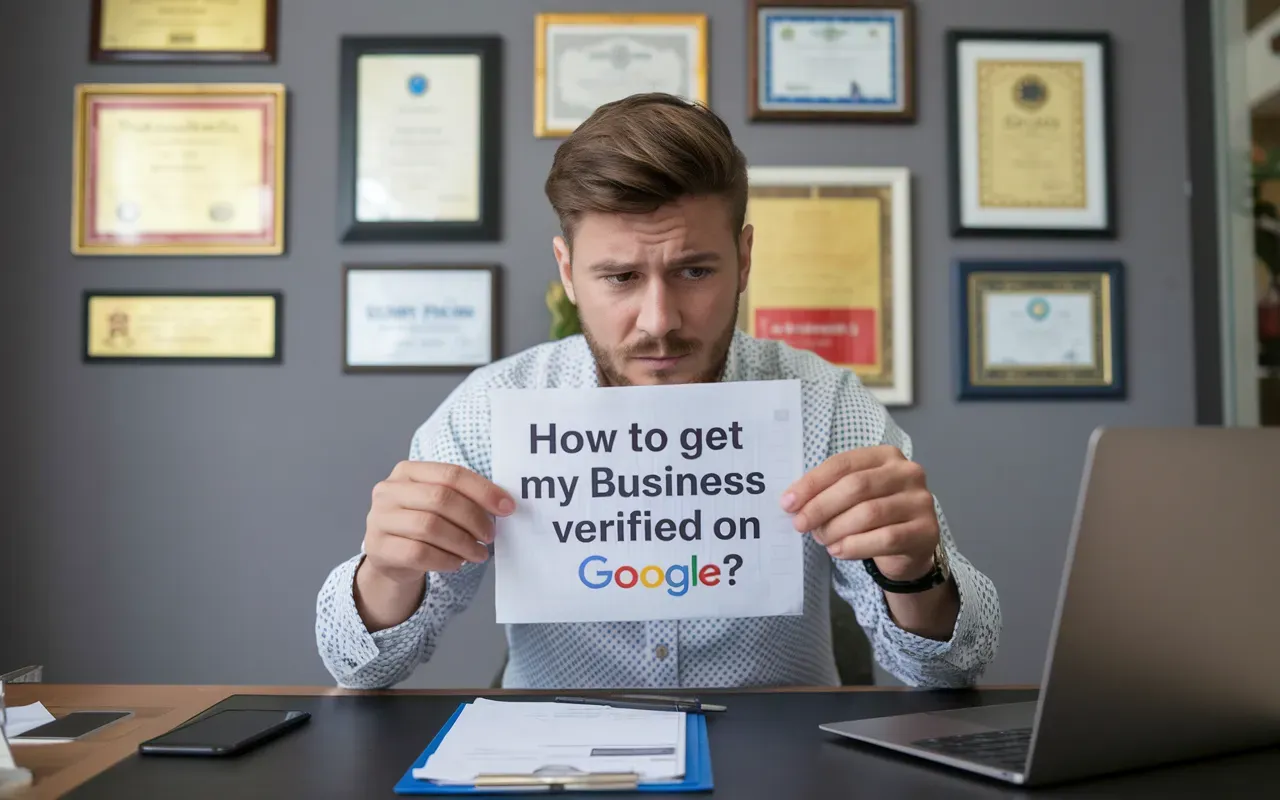
About The Author:

Philip Ellis
Founder and CEO, Roundhouse Digital Marketing
My name is Philip and I am a web design and client attraction consultant. I specialize in helping contractors, roofers, home builders, and other local service-based businesses get more views, leads, and sales online.
With over 12 years of experience in the industry, I have the knowledge and skills to create stunning websites and effective digital marketing campaigns that drive results for my clients.



